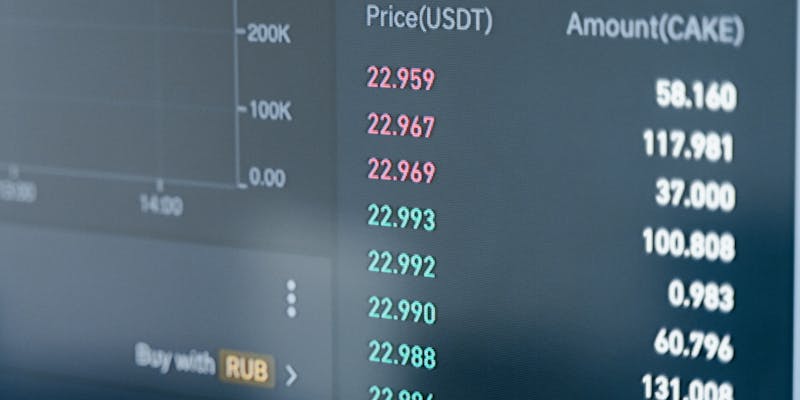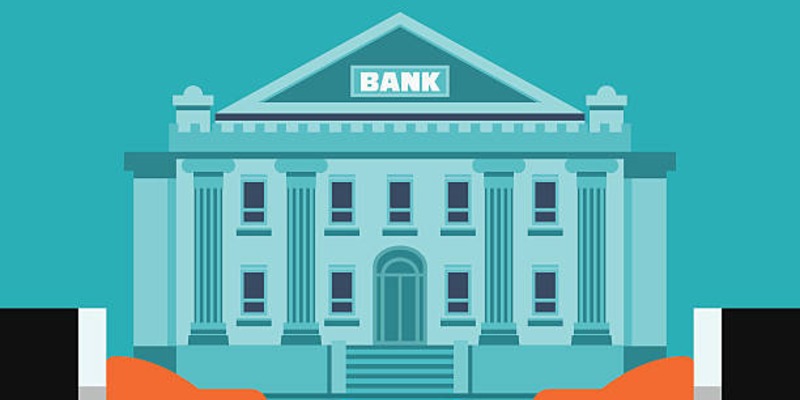Margin Trading: Pros, Cons, and Is It Right for You?
Sep 20, 2024 By Darnell Malan
Margin trading enables you to borrow money for purchases and transactions you couldn't accomplish with your own assets. As the seller gives the consumer money, a margin account holder can purchase more securities than with their own money.
Moreover, when you purchase stocks on margin, you borrow against your cash or assets. This is also why margin trading may benefit those who believe their investment will outperform their loan interest. With that in mind, lets read more about what is margin trading.
What Is Margin Trading Components

The following are key margin trading components:
Margin Agreement
A written agreement between the client and the broker spells out the rules of the margin account. This agreement is called a margin agreement. For example, if there is a margin call or failure, this deal spells out what the broker can do, as well as the interest rates and balance requirements.
Initial Margin
After opening an account, you may borrow up to 50% of your initial stock purchase. This is the amount you contributed toward the purchase. You must realize that you do not need to edge up to 50% to grasp this; in this case, you can borrow 10% or 25% less. Certain brokerages may require additional deposits. So, if you repay your loan's interest on schedule, you may retain it. When you sell shares in a margin account, you pay back your broker until the debt is satisfied.
Maintenance Margin
The minimum amount of equity that a trader must always have in their margin agreement account during the trading session after buying stocks is called the maintenance margin. That way, there will be enough collateral to pay back the loan even if the value of the goods goes down.
Margin Call
A "margin call" occurs when the broker requests extra margin or when collateral falls below the broker's minimum. So, if the investor doesn't meet the margin call, close out the accounts to cover the difference.
Collateral
When traders borrow money for a trading account, they use current assets as collateral. Moreover, the quantity of collateral affects the trader's ability to borrow money because it provides a safety net for the broker in case the deal goes badly for the investor.
Advantages of Margin Trading

Increased Earnings
You may risk more and profit more by margin trading. Borrowing may require purchasing more shares than paying cash, which might help you profit if the market rises. If the market goes wrong, you might lose a lot. Being in command of a larger stake may increase earnings and losses, so utilize it wisely.
Improved Liquidity
This is because margin buying makes liquidity better by letting you make bigger deals with less cash. If you have more buying power, you can take advantage of investment opportunities without selling off present assets. This provides you with more money, which makes it easier to handle your assets as long as you keep your required balance amounts current. Moreover, higher freedom may be good for both steady and unstable market situations.
No Repayment Schedule
There is no set schedule for repaying loan money when using margin trading. Instead, interest is only added to the amount you owe when your job ends, which is when you have to pay back the loan. This plan helps you better handle your money because you don't have to make monthly payments. However, if you hold on to the spot for a long time, interest charges may add up and lower your overall profits.
Drawbacks of Margin Trading
Higher Losses
Due to the ability to take on bigger positions, margin trading increases the chance of losing. Comparing spending your own money to trading when the market isn't going well could lead to much bigger losses. Being more exposed increases both benefits and losses, so it's important to control risks carefully. Also, there is a big chance of losing a lot of money in margin trading if the right risk management strategies are not used.
Interest Costs
Varying interest rates on margin loans can affect the total cost of your investments. Rates could range from low single digits to over 11%, depending on the broker and the amount of your reserve sum. Also, it's important to include high interest rates in your selling plan because they can lower the results of your investments. Margin trading on credit requires knowing how interest rates affect your trades in order to make money.
Margin Calls
A margin call could happen if the value of your stocks drops below the minimum balance that your broker requires. Your collateral will need to be increased to cover the difference. Moreover, defaulting on this responsibility could lead to the broker selling your assets to recover the borrowed money. For reasons of margin calls, you might have to sell assets before they're due, which could lead to big losses and put your overall financial health at risk.
Tips for Successful Margin Trading
Invest Wisely
Always be careful not to risk money you can't afford to lose when investing. Trading on credit comes with the risk of losing even more money. Moreover, lending $1,000 is one way for an owner to buy shares worth $2,000. Also, any losses will lead to a twofold rise in the investment. In this case, one should only buy if they have enough cash on hand to cover any margin calls and handle a short move against their stock.
Borrow Less
Using margin trading, a trader doesn't have to waste extra money by buying every stock on the market. Individuals should start by making small investments. Later, they'll have the confidence and skills to invest in risky but more successful businesses.
Borrow For Short Term
All loans are the same, including credit loans. Similar to a mortgage or car loan, the person who owns the margin account doing Margin trading has to pay interest on it every month. It is to be reminded that the interest rate goes up as the loan term and amount taken go up.

A Comprehensive Overview of Setting Up a Special Needs Trust

How Are 401(k) Loans Taxed? A Comprehensive Overview

Margin Trading: Pros, Cons, and Is It Right for You?

Budgeting for a Trip

What Is A Trust Fund, And How To Set Up A Trust Fund

Demystifying the FDIC: An In-Depth Look at Its Definition and Limits

Is Chesapeake Life Insurance Right for You? An In-Depth Review

A Beginner's Guide to the 6 Most Popular Currencies for Trading

The 10 U.S. cities with the most population in 2022

